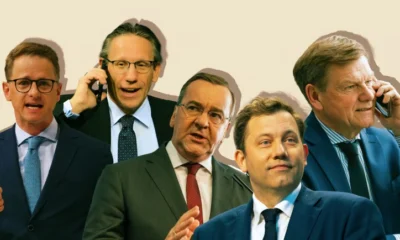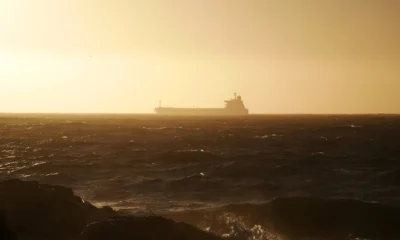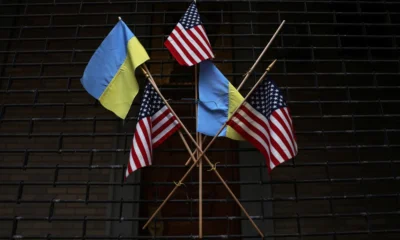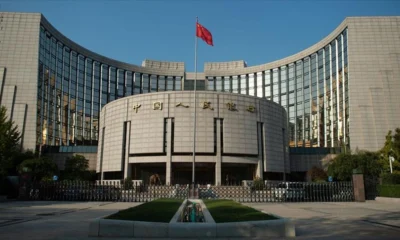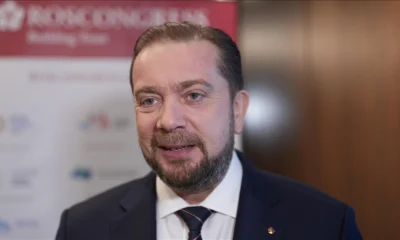Russia
Russia’s federal dudget in deficit again

Russia’s federal budget has returned to a deficit in 2024 due to increased spending, with the deficit reaching 389 billion roubles in October.
The Russian Finance Ministry announced that the federal budget returned to deficit in the first ten months of 2024, with expenditures exceeding revenues by 220 billion roubles—or 0.1% of gross domestic product (GDP).
According to preliminary data from the ministry, the budget showed a surplus of 169 billion roubles from January to September. Thus, the October budget deficit may have reached 389 billion roubles.
Despite the current deficit, this year’s budget deficit remains lower than in the same period last year, when it reached 1.05 trillion roubles (0.6% of GDP) due to a decline in Russia’s energy revenues following Western sanctions imposed in response to Moscow’s military intervention in Ukraine.
Last month, budget revenues rose by around 4% compared with September, reaching levels similar to October 2023. Ten-month revenues increased 28.4% year-on-year, totaling 29.67 trillion roubles.
Non-oil and gas revenues grew 26.6% year-on-year to 20.13 trillion roubles, while oil and gas revenues climbed 32.3% year-on-year to 9.54 trillion roubles.
The monthly expenditure also continued its upward trend. According to the Ministry of Finance, spending in October increased 23.3% month-on-month and 26.8% year-on-year.
From January to October, the Finance Ministry spent 29.89 trillion roubles, a 23.7% rise from 24.16 trillion roubles spent in the same period last year.
This autumn, authorities approved an increase in spending above the planned 2024 budget rule from 1.3 trillion roubles to 1.5 trillion roubles.
Consequently, the Finance Ministry now forecasts total budget spending for 2024 to reach 39.41 trillion roubles—7.5% higher than initially planned and 21.8% more than last year.
If this forecast holds, an additional 9.52 trillion roubles will be spent in the remaining two months of the year, comprising nearly a quarter of the annual target.
Following this extra spending, the Russian budget is projected to close 2024 with a deficit of 3 trillion roubles or 2% of GDP, marking the third consecutive year in deficit.
Russia
Putin calls attacks on Iran unprovoked and unjustified aggression

Russian President Vladimir Putin, during a meeting with Iranian Foreign Minister Abbas Araghchi, described the attacks on Iran as “unprovoked aggression with no justification or basis.” In response, Araghchi thanked Russia for its condemnation, stating that the United States and Israel are responsible for the escalating tensions in the Middle East.
According to a statement from the Kremlin, Putin emphasized that Moscow is making efforts to assist the Iranian people. “We have long-standing, good, and reliable relations with Iran,” Putin remarked during the meeting.
Iranian Foreign Minister Araghchi expressed his gratitude to Russia “for its resolute condemnation of the actions of Israel and the US.” Stating that Russia is “on the right side,” Araghchi attributed the escalation of tensions in the Middle East to the actions of the US and Israel against Iran’s nuclear facilities. He noted that the Tehran administration considers the actions of the US and Israel on Iranian territory to be illegitimate, and therefore, Iran has the right to defend itself.
Araghchi also highlighted that Russia has always been a partner for Iran in the field of peaceful nuclear energy. He added that Moscow has played a positive role in negotiations regarding Tehran’s nuclear program.
During the meeting, Putin conveyed his best wishes to Iranian President Masoud Pezeshkian and Supreme Leader Ayatollah Ali Khamenei. Araghchi reciprocated with similar wishes on behalf of the Iranian leadership.
The Iran-Israel conflict escalated on June 13 when Israel launched an attack on Iran’s nuclear facilities, prompting Tehran to initiate retaliatory strikes. On June 22, the US struck Iran’s nuclear facilities in Fordow, Natanz, and Isfahan. President Trump warned that new attacks would follow if Tehran did not surrender.
Following the attacks, Russia, China, and Pakistan submitted a draft resolution to the United Nations Security Council condemning the aggression against Iran.
On June 20, Iranian Foreign Minister Araghchi met in Geneva with French Foreign Minister Jean-Noël Barrot, German Foreign Minister Johann Wadephul, and British Foreign Secretary David Lammy. Although the parties agreed to continue dialogue after the meeting, media reports indicated that no concrete results emerged from the discussions.
Russia
New world order discussed in St. Petersburg: ‘The end of the neoliberal model’
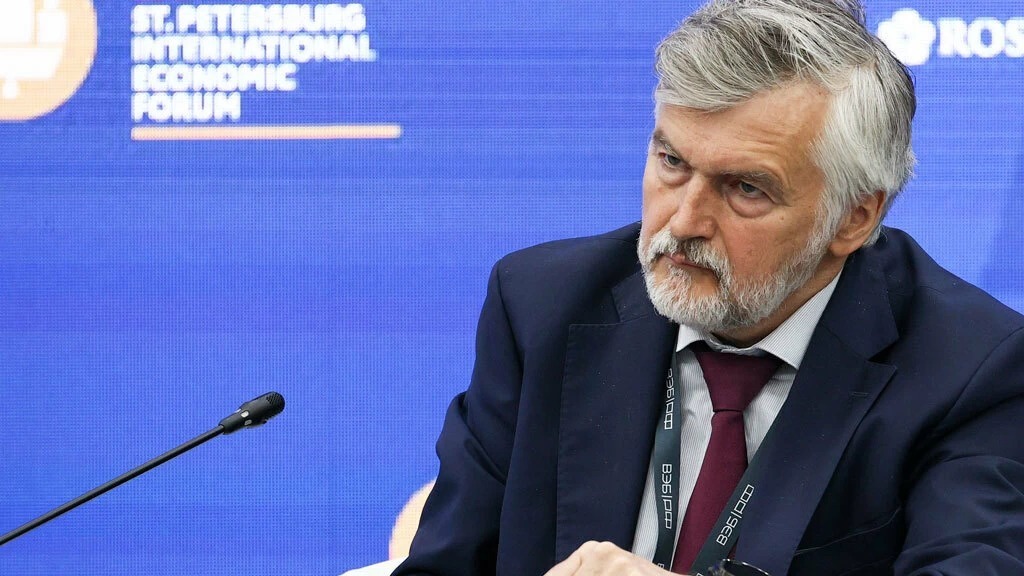
A report titled The Future of the World Order, presented at the St. Petersburg International Economic Forum (SPIEF), emphasized that the world is undergoing a deep and prolonged crisis, fundamentally altering the existing order.
Experts noted that while risks like climate change were previously at the forefront, the agenda for the past two years has been dominated by wars, geopolitical tensions, and trade conflicts, which have reached a new dimension due to the actions of the US.
Andrey Klepach, Chief Economist at VEB, stated during a session titled “The Future of the World Order: Between Conflict and Cooperation,” “It is a well-known fact that the world is in a crisis. The real question is how long this crisis has been going on and how much longer it will last.”
Boris Titov, the Presidential Special Representative for Relations with International Organizations to Achieve Sustainable Development Goals, described the current situation not as a tactical crisis like the one in 2014–2015, but as a global one. “In our view, we are witnessing a change of an era, a global transformation of the development model,” he remarked.
The new face of crisis: War and geopolitical risks
Chief Economist Klepach highlighted that 2024 has seen the most intense military conflicts of the last 60 years, adding that 2025 is likely to be similar. He also pointed out that alongside global issues, problems directly affecting human health, such as clean water scarcity and air and food pollution, have become prominent.
“What is happening in the world, particularly in African and Asian countries, is a truly massive challenge. These are issues of social paralysis, poverty, migration, food security, and demographics,” Klepach added.
He noted that the number of people suffering from hunger worldwide began to rise again after 2020, and the coronavirus pandemic exposed the vulnerabilities of healthcare systems.
Klepach stressed that the report’s purpose is not merely to list problems but also to identify “windows of opportunity and the need for solutions.” The report seeks ways to establish a new system of international security and trust, new international economic relations, and technological partnerships.
‘The business world has adapted to sanctions’
Alexander Shokhin, President of the Russian Union of Industrialists and Entrepreneurs (RSPP), mentioned that over 200 company representatives were interviewed during the report’s preparation, and most of them look to the future with confidence.
According to Shokhin, the business community has grown accustomed to the pressure of sanctions and tight monetary policy. He said that entrepreneurs have weathered many crises, and every crisis presents an opportunity for growth.
The report identifies the instability of the global financial system as the most significant challenge for companies. Shokhin recalled that the Russian business community faced restrictions on cross-border payments in 2022 and noted that various tools have been developed to overcome this problem.
He argued that the failure to create the “BRICS Pay” platform during Russia’s BRICS presidency was not a defeat.
Shokhin asserted that globalization continues to exist, albeit in an “imperialist” rather than a liberal form. “Leading countries decide for themselves how to control markets and spheres of influence,” he said.
The struggle for hierarchy in a multipolar order
Dmitry Belousov from the Center for Macroeconomic Analysis and Short-Term Forecasting (TsMAKP) stated that Russia is facing fundamental restrictions. He noted that while the country successfully navigated the COVID-19 pandemic and sanctions amounting to an economic war, it now confronts the challenge of a stagnant workforce.
Belousov highlighted Russia’s effectiveness in collaboration, citing “the African” Pushkin and “the Dane” Dal as examples.
Fyodor Voytolovsky, Director of the Primakov National Research Institute of World Economy and International Relations at the Russian Academy of Sciences, argued that the emerging multipolar world order is, in many ways, suitable for Russia as a global player.
“However, we must understand that this is not a flat structure. A struggle for the hierarchy of this multipolar world order is currently underway at both global and regional levels,” Voytolovsky said.
According to Voytolovsky, there are trends toward establishing new models of mutual dependence on one hand, while on the other, established actors, particularly the US and its allies, are making a concerted effort to maintain and strengthen their positions. He also added that countries like China and India are competing for status in this new model.
Russia
Russia alleges UK-Ukraine plot for false flag attack on US Navy in Baltic Sea
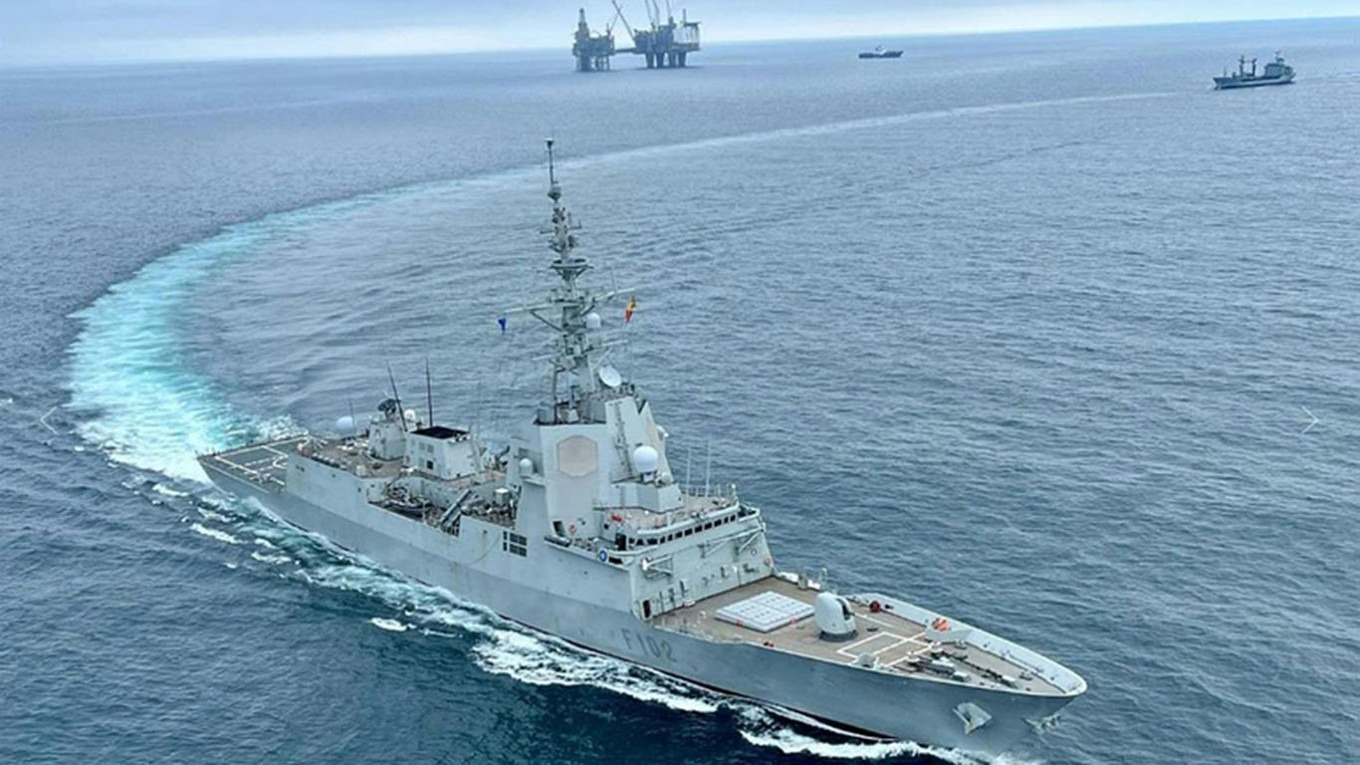
Russia’s Foreign Intelligence Service (SVR) has alleged that Ukraine, with support from the United Kingdom, is preparing to stage a series of provocations in the Baltic Sea, intending to frame them as sabotage by Russian intelligence agencies.
A statement from the SVR indicated that the ultimate goal of this plan is to disrupt potential peace negotiations between Russia and the United States regarding a settlement in Ukraine.
False flag attack scenario with a ‘Russian torpedo’
According to the SVR’s statement, the initial scenario planned by the UK and Ukraine involves an attack on a US Navy vessel using “so-called Russian torpedoes.” It is claimed that these torpedoes have already been delivered by the British to Kyiv.
The SVR shared the following details about the plan: “The plan involves detonating some of the torpedoes at a ‘safe distance’ from the American ship, while one is intentionally left unexploded to be presented to the public as evidence of Russia’s ‘malicious activities’.”
Naval mines also in play
The SVR also stated that Ukraine, “in collaboration with accomplices in northern European countries,” plans to “discover” supposedly Russian-made anchored mines in the Baltic Sea.
According to the SVR, under the Anglo-Ukrainian scenario, these mines will be portrayed as having been laid by Russia to sabotage an international shipping lane.
Aiming to escalate the conflict
The statement released by the SVR asserted that the purpose of these provocations is to escalate the conflict in Ukraine and encourage Washington to continue providing military aid to Kyiv.
The intelligence agency argued that this situation is driven by the weakening positions of the Ukrainian army on the front lines and the “moral fatigue” of Ukrainian society.
In February, the SVR made a similar claim, reporting that Ukrainian military intelligence was preparing terrorist attacks against Russian opposition figures and businesspeople living abroad.
-
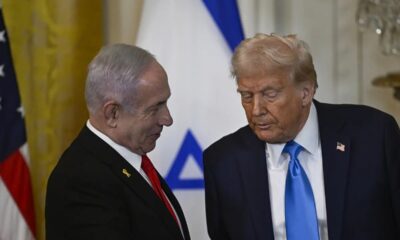
 Middle East3 days ago
Middle East3 days agoUS to launch major bombing campaign against Iran this weekend, Hersh reports
-
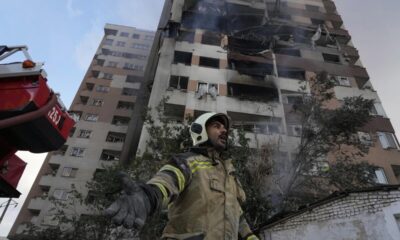
 Diplomacy1 week ago
Diplomacy1 week agoFormer diplomat warns forcing Iran out of the NPT is the greatest danger
-

 Middle East6 days ago
Middle East6 days agoIran targets Mossad and Unit 8200 in missile attack on Tel Aviv
-
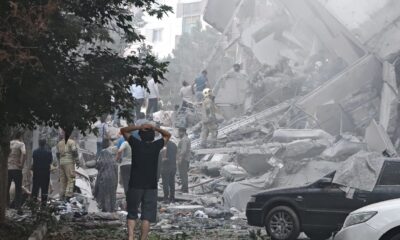
 Diplomacy1 week ago
Diplomacy1 week agoFormer CIA analyst says Israel used ceasefire talks as a trap
-
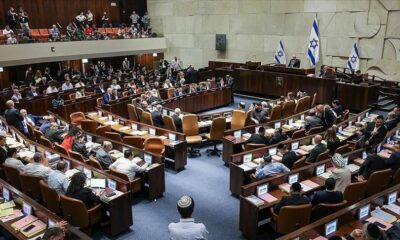
 Middle East2 weeks ago
Middle East2 weeks agoNetanyahu’s government survives no-confidence vote as Haredi crisis is delayed
-
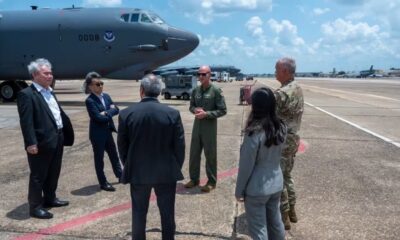
 Asia2 weeks ago
Asia2 weeks agoJapan, US showcase B-52 bombers in nuclear deterrence dialogue
-

 Middle East1 week ago
Middle East1 week agoIranian missile attack causes heavy damage across Israel
-
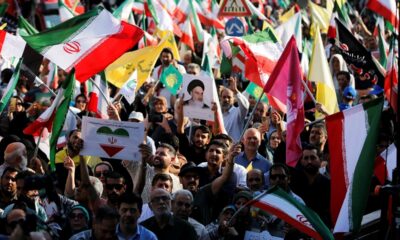
 Diplomacy1 week ago
Diplomacy1 week agoChinese academic analyzes Israel-Iran conflict for Harici: Iran holds strategic importance for China


